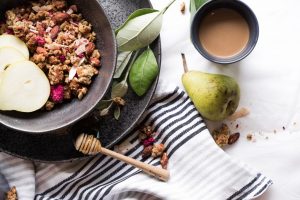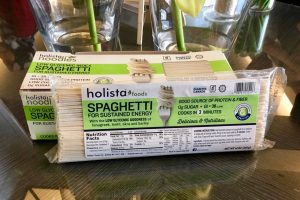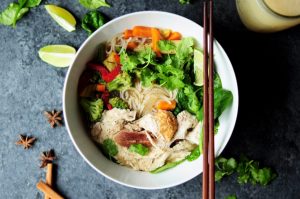
Many people today have health issues due to our modern-day diet, and this is because of the types of food we eat. Our diets today consist of many types of food, with carbohydrates being one of the highest consumed. This is why it is important to know how to choose our carbohydrates and learning that we can significantly better our health by making the right choices, without compromising on quality. In Asia, noodles are almost as much a staple as rice is, but did you know that you can actually find noodles which has a low glycaemic index which can curb the onset development of diabetes type 2? This is where Holista Foods comes in.
What is Glycaemic Index?
Glycaemic index (GI) is a scientifically proven way of ranking carbohydrates which can affect your blood sugar level. All foods that contain carbohydrates break down in the body and is converted into glucose, and the more rapidly a food breaks down will result in a higher GI score. Food with low GI will release sugars into your blood at a slower rate which does not cause a spike in your blood sugar levels. The GI of food is based on a point system of 100, where food that is considered low GI will is have a score of under 55. An example of a low GI bread will have a score of 53, with the average white bread having a GI score of about 80. Food with high GI will lead to health complications such as diabetes, heart disease and some forms of cancer. It is important to know that each person responds differently, and also depends on a number of factors such as insulin response and metabolism rate.
What Is Glycaemic Load?
Glycaemic Load (GL) is an integral part of understanding what how a type of food affects our health, where GI is concerned with the quality of the food, such as a slow release of sugars, GL is concerned with the quantity consumed as well. For example, agave syrup has been suggested by some to be low in GI, but the amount use is almost always quite similar to regular sugar, which does not carry the same GL. The takeaway from this is that you should not only be mindful of the type of low GI food, but also the amount consumed. Just because a type of food has low GI does not mean that you should eat as much of it as without consideration.
What Are Low GI Foods?
These are a few examples of food groups that come in both high and low GI forms.Breads
White bread, wholemeal bread and muffins are considered to be high GI foods. Sourdough bread, multigrain bread and low GI white bread are considered to be low GI foods.Cereals
Refined commercial and processes cereals are high GI foods. Cereals made from traditional grains like rolled oats, pearl barley, quinoa are low GI foods. Essentially, the less processed the better.Main Meal Carbohydrates And Starchy Food
Potatoes in all its forms, pumpkin and parsnips are considered high GI foods. Sweet potato, broccoli, leafy vegetables, chickpeas, legumes and beans are low GI foods.Rice
Jasmine, Arborio, glutinous, shot grain, brown and white rice are high GI foods. Basmati, Doongara (both long grain rice) and Poni (short grain) rice are low GI foods. Note that regular white and even brown rice are considered high GI, and only if its stated as low GI would actually be low GI.Sweeteners
Sugar, golden syrup, molasses are high GI foods. Pure maple syrup, LogiCane sugar, and pure honey are low GI foods. Also note that agave syrup, although considered to be low GI, has a high GL, meaning that people tend to use more of it than necessary, so be very careful when using it as a sweetener.
Holista Foods USA
Holista Foods USA is a company founded by Nadja Piatka, a single mother who has 25 years of history in supplying snacks and desserts to the food industry including McDonalds, Subway, and Tim Hortons as well as schools and healthcare facilities in the United States. She is also a best-selling author of 2 cook books, The Joy of Losing Weight and Outrageously Delicious Fat Wise Cookbook, which create recipes that are healthy and enjoyable. She has also appeared on the Oprah Winfrey Show on public education and is also a motivational speaker sharing her experience behind building her business, surviving leukaemia and being unemployed as a single parent.“We first developed this technology seeing that there was a need for healthy food in the market. I first created muffin and brownies for my children with these recipes to give them a better nutrition without compromising on taste. I was then able to sell these products to commercial stores such as producing low far muffin for McDonald’s and Subway. The great thing about the technology behind low GI food is that it is the only diet that is actually backed by 30 years of science.” — Nadja Piatka, CEO of Holistic Foods USA.
Holista Foods Low Glycaemic Index Technology
The patented technology behind these products incorporate 4 basic ingredients, which are okra, fenugreek, urad dhal and barley. Okra has been found to help manage blood sugar levels, type 1 and type 2 and gestational diabetes, while fenugreek helps improve the way the body use sugar and increase insulin release. Urad dhal have a low GI value and barley promotes slow glucose absorption. These four components are key ingredients in the Holista Food technology.
“Carbs are evil. It is simple as that. Our bodies do not need the amount of carbohydrates we consume so much. We need to be more conscious with what type of carbs we put into our bodies. Ayurvedic eating teaches us to add fat to carbohydrates to slow down the rate of absorption. You should add in protein and vegetables to bring down the GI level of your food. This is why you have to be very careful with the four S’s, sugar, salt, starch and saturated fats. When you balance it out you will have a healthier life.” — Dato’ Dr. Rajen M., CEO of Holista Colltech.
Holista Foods Low Glycaemic Index Noodles
Holista Foods have developed a type of noodle with their patented technology that is low in GI. These noodles are better for you as they are good for sustained energy, with zero sugars, low sodium, low cholesterol and are a good source of protein. What makes these noodles different is that they are made with an enriched wheat flour, which patented technology causes the carbohydrates to release energy slowly. The best aspect about these noodles is that they taste like ordinary wheat noodles, without any compromise on quality, taste and experience. This is why it is great for the Asian diet as most Asian cuisine use a variety of noodle dishes.
Panatura Low Glycaemic Index White Bread
For those whose diet consist of white bread, Holista Foods also have a product line that is suitable for this need. With many cultures across the world eating white bread as a staple, Panatura GI is the world’s first all-natural dough conditioner with a significant GI lowering capability without additives or compromising on flavour.
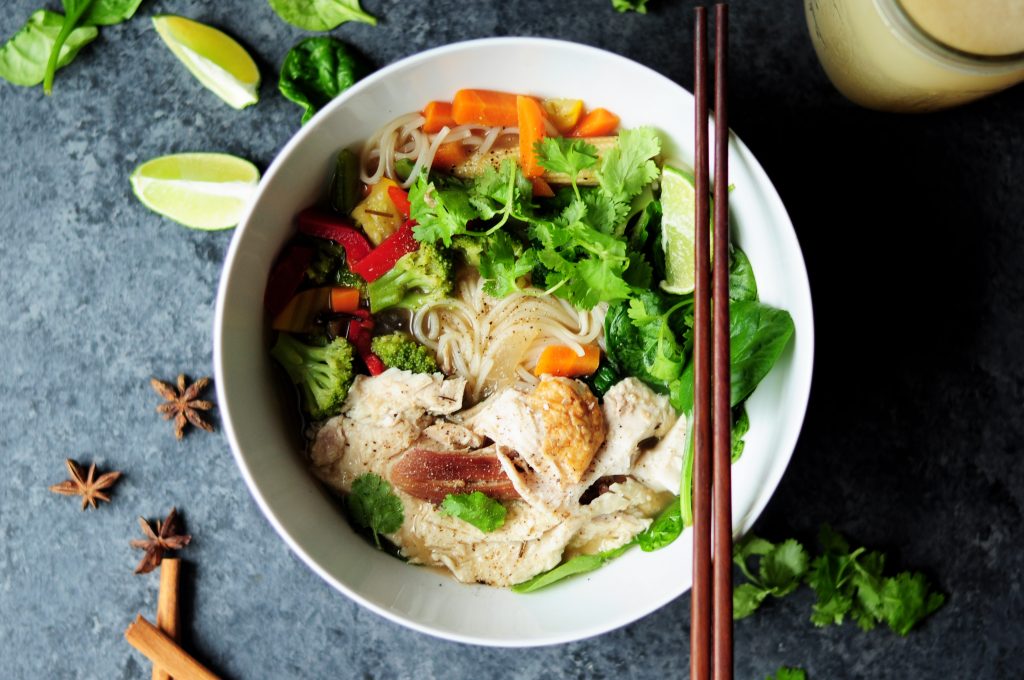
Many people today have health issues due to our modern-day diet, and this is because of the types of food we eat. Our diets today consist of many types of food, with carbohydrates being one of the highest consumed. This is why it is important to know how to choose our carbohydrates and learning that we can significantly better our health by making the right choices, without compromising on quality. In Asia, noodles are almost as much a staple as rice is, but did you know that you can actually find noodles which has a low glycaemic index which can curb the onset development of diabetes type 2? This is where Holista Foods comes in.
What is Glycemic Index?
Glycemic index (GI) is a scientifically proven way of ranking carbohydrates which can affect your blood sugar level. All foods that contain carbohydrates break down in the body and is converted into glucose, and the more rapidly a food breaks down will result in a higher GI score. Food with low GI will release sugars into your blood at a slower rate which does not cause a spike in your blood sugar levels. The GI of food is based on a point system of 100, where food that is considered low GI will is have a score of under 55. An example of a low GI bread will have a score of 53, with the average white bread having a GI score of about 80. Food with high GI will lead to health complications such as diabetes, heart disease and some forms of cancer. It is important to know that each person responds differently, and also depends on a number of factors such as insulin response and metabolism rate.
What Is Glycemic Load?
Glycemic Load (GL) is an integral part of understanding what how a type of food affects our health, where GI is concerned with the quality of the food, such as a slow release of sugars, GL is concerned with the quantity consumed as well. For example, agave syrup has been suggested by some to be low in GI, but the amount use is almost always quite similar to regular sugar, which does not carry the same GL. The takeaway from this is that you should not only be mindful of the type of low GI food, but also the amount consumed. Just because a type of food has low GI does not mean that you should eat as much of it as without consideration.
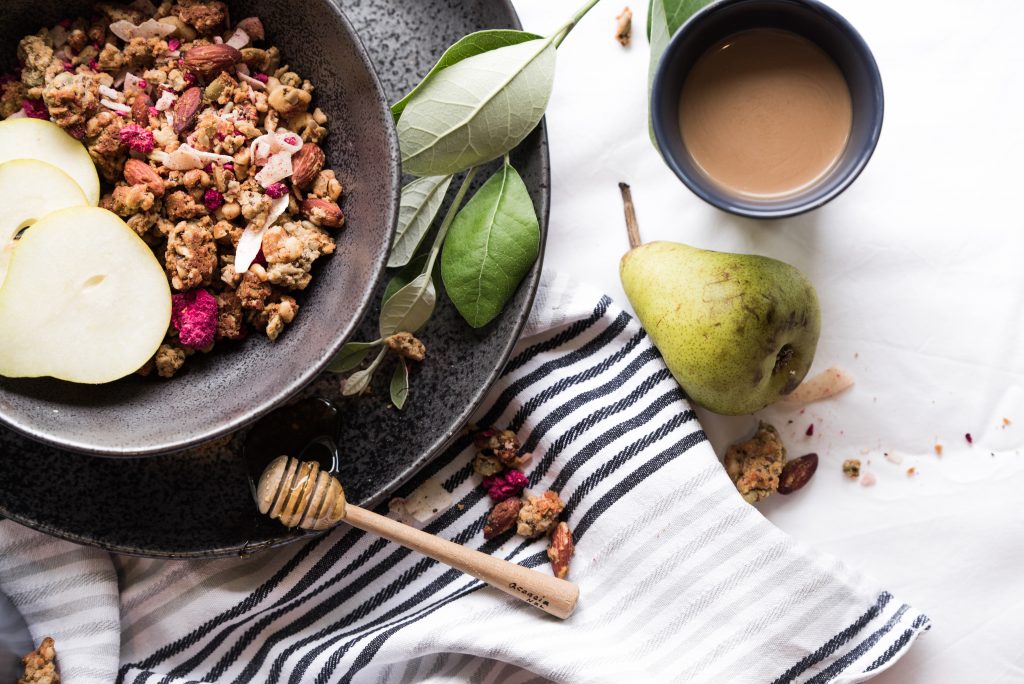
What Are Low GI Foods?
These are a few examples of food groups that come in both high and low GI forms.
Breads
White bread, wholemeal bread and muffins are considered to be high GI foods. Sourdough bread, multigrain bread and low GI white bread are considered to be low GI foods.
Cereals
Refined commercial and processes cereals are high GI foods. Cereals made from traditional grains like rolled oats, pearl barley, quinoa are low GI foods. Essentially, the less processed the better.
Main Meal Carbohydrates And Starchy Food
Potatoes in all its forms, pumpkin and parsnips are considered high GI foods. Sweet potato, broccoli, leafy vegetables, chickpeas, legumes and beans are low GI foods.Rice
Jasmine, Arborio, glutinous, shot grain, brown and white rice are high GI foods. Basmati, Doongara (both long grain rice) and Poni (short grain) rice are low GI foods. Note that regular white and even brown rice are considered high GI, and only if its stated as low GI would actually be low GI.
Sweeteners
Sugar, golden syrup, molasses are high GI foods. Pure maple syrup, LogiCane sugar, and pure honey are low GI foods. Also note that agave syrup, although considered to be low GI, has a high GL, meaning that people tend to use more of it than necessary, so be very careful when using it as a sweetener.
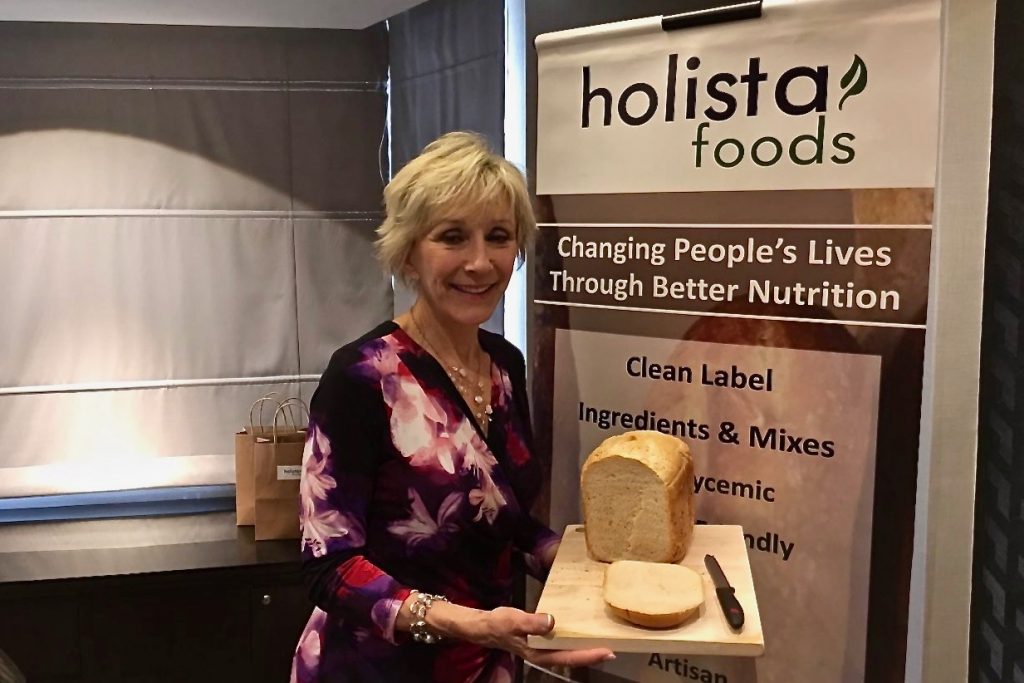
Holista Foods USA
Holista Foods USA is a company founded by Nadja Piatka, a single mother who has 25 years of history in supplying snacks and desserts to the food industry including McDonalds, Subway, and Tim Hortons as well as schools and healthcare facilities in the United States. She is also a best-selling author of 2 cook books, The Joy of Losing Weight and Outrageously Delicious Fat Wise Cookbook, which create recipes that are healthy and enjoyable. She has also appeared on the Oprah Winfrey Show on public education and is also a motivational speaker sharing her experience behind building her business, surviving leukaemia and being unemployed as a single parent.
“We first developed this technology seeing that there was a need for healthy food in the market. I first created muffin and brownies for my children with these recipes to give them a better nutrition without compromising on taste. I was then able to sell these products to commercial stores such as producing low far muffin for McDonald’s and Subway. The great thing about the technology behind low GI food is that it is the only diet that is actually backed by 30 years of science.” — Nadja Piatka, CEO of Holistic Foods USA.

Holista Foods Low Glycemic Index Technology
The patented technology behind these products incorporate 4 basic ingredients, which are okra, fenugreek, urad dhal and barley. Okra has been found to help manage blood sugar levels, type 1 and type 2 and gestational diabetes, while fenugreek helps improve the way the body use sugar and increase insulin release. Urad dhal have a low GI value and barley promotes slow glucose absorption. These four components are key ingredients in the Holista Food technology.
“Carbs are evil. It is simple as that. Our bodies do not need the amount of carbohydrates we consume so much. We need to be more conscious with what type of carbs we put into our bodies. Ayurvedic eating teaches us to add fat to carbohydrates to slow down the rate of absorption. You should add in protein and vegetables to bring down the GI level of your food. This is why you have to be very careful with the four S’s, sugar, salt, starch and saturated fats. When you balance it out you will have a healthier life.” — Dato’ Dr. Rajen M., CEO of Holista Colltech.

Holista Foods Low Glycemic Index Noodles
Holista Foods have developed a type of noodle with their patented technology that is low in GI. These noodles are better for you as they are good for sustained energy, with zero sugars, low sodium, low cholesterol and are a good source of protein. What makes these noodles different is that they are made with an enriched wheat flour, which patented technology causes the carbohydrates to release energy slowly. The best aspect about these noodles is that they taste like ordinary wheat noodles, without any compromise on quality, taste and experience. This is why it is great for the Asian diet as most Asian cuisine use a variety of noodle dishes.
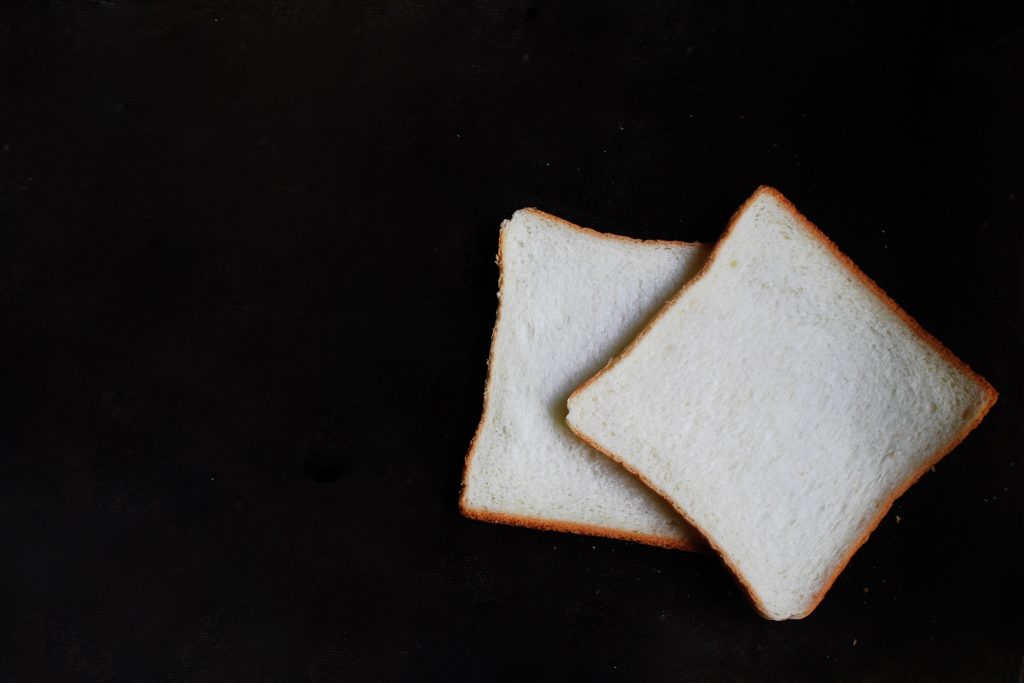
Panatura Low Glycemic Index White Bread
For those whose diet consist of white bread, Holista Foods also have a product line that is suitable for this need. With many cultures across the world eating white bread as a staple, Panatura GI is the world’s first all-natural dough conditioner with a significant GI lowering capability without additives or compromising on flavour.
| PHOTOGRAPHY BY: NICHOLAS NG | WEBSITE: HOLISTA FOODS |

